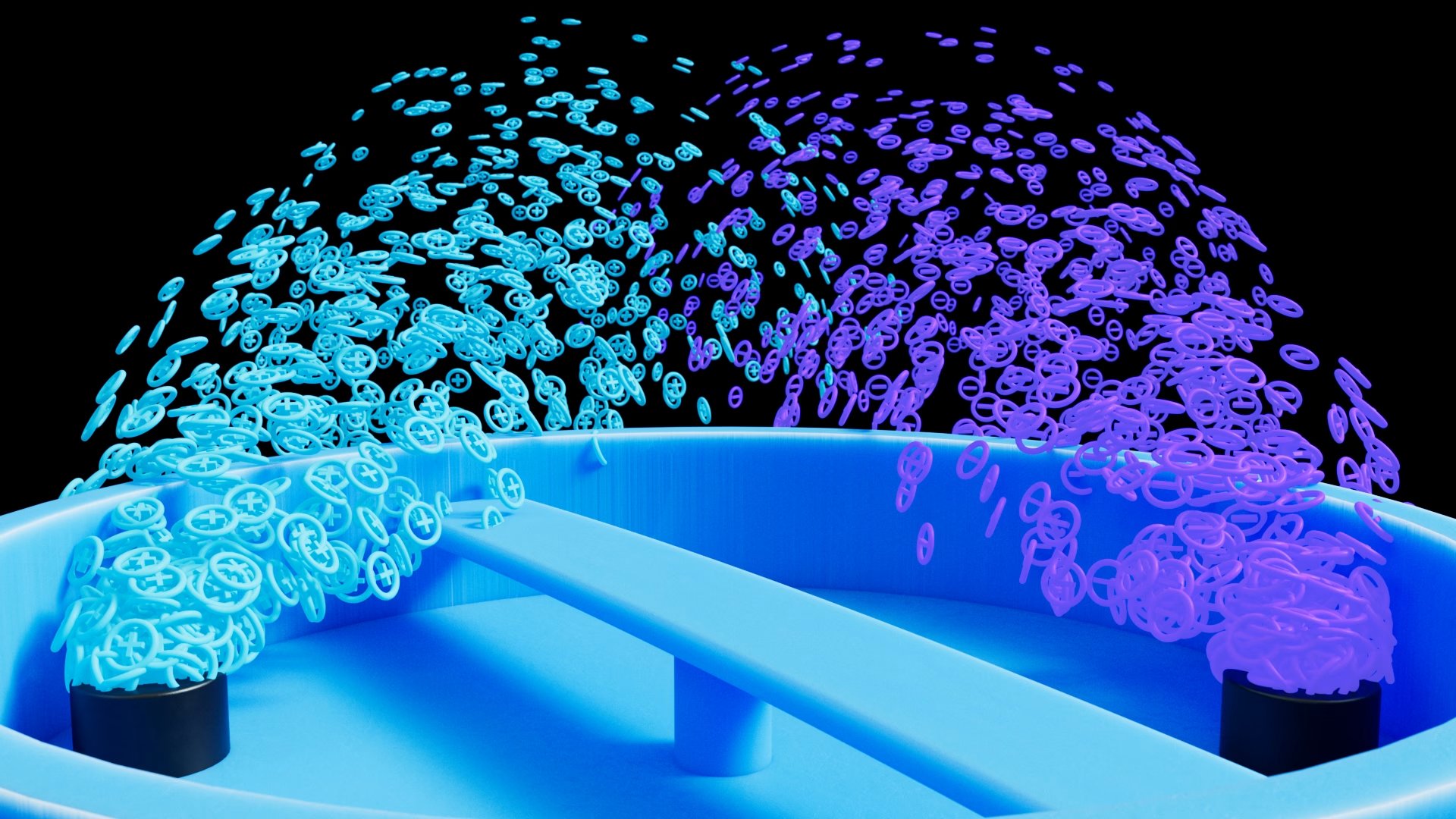The air we breathe is teeming with invisible particles like dust, dander, pollen, and even pathogens such as mold, viruses, and bacteria. These particles can impact our health and well-being, especially when we spend a significant amount of time indoors. Needlepoint bipolar ionization (NPBI®) is an air purification technology that addresses this concern by using ions to clean the air more effectively than filters alone. This technology is gaining popularity as a way to improve indoor air quality in various settings, including homes, offices, schools, and hospitals.
What is needlepoint bipolar ionization?
NPBI is a process that creates and releases ions into the airstream using an existing HVAC system as the delivery method. It’s important to understand that NPBI is different from corona discharge ionization. Unlike corona discharge, which can produce harmful ozone, NPBI technology generates ions without producing ozone or other harmful byproducts. This is a crucial distinction, as ozone can have negative health effects.
These ions are charged particles that are generated naturally in the environment when air molecules are energized by sources like sunlight, rushing water, and crashing waves. NPBI technology mimics this natural process to purify indoor air.
Evolution of NPBI technology.
Over the years, NPBI technology has evolved to improve its efficiency and safety. Early bipolar ionization systems used glass tubes, which were prone to oxidation and failure due to high voltage and water vapor. This led to the development of carbon fiber brushes, which are now commonly used in modern ionization systems. Carbon fiber brushes are known for their durability and long lifespan, ensuring consistent performance over time.
How does it work?
Here’s a step-by-step explanation of how needlepoint bipolar ionization works:1
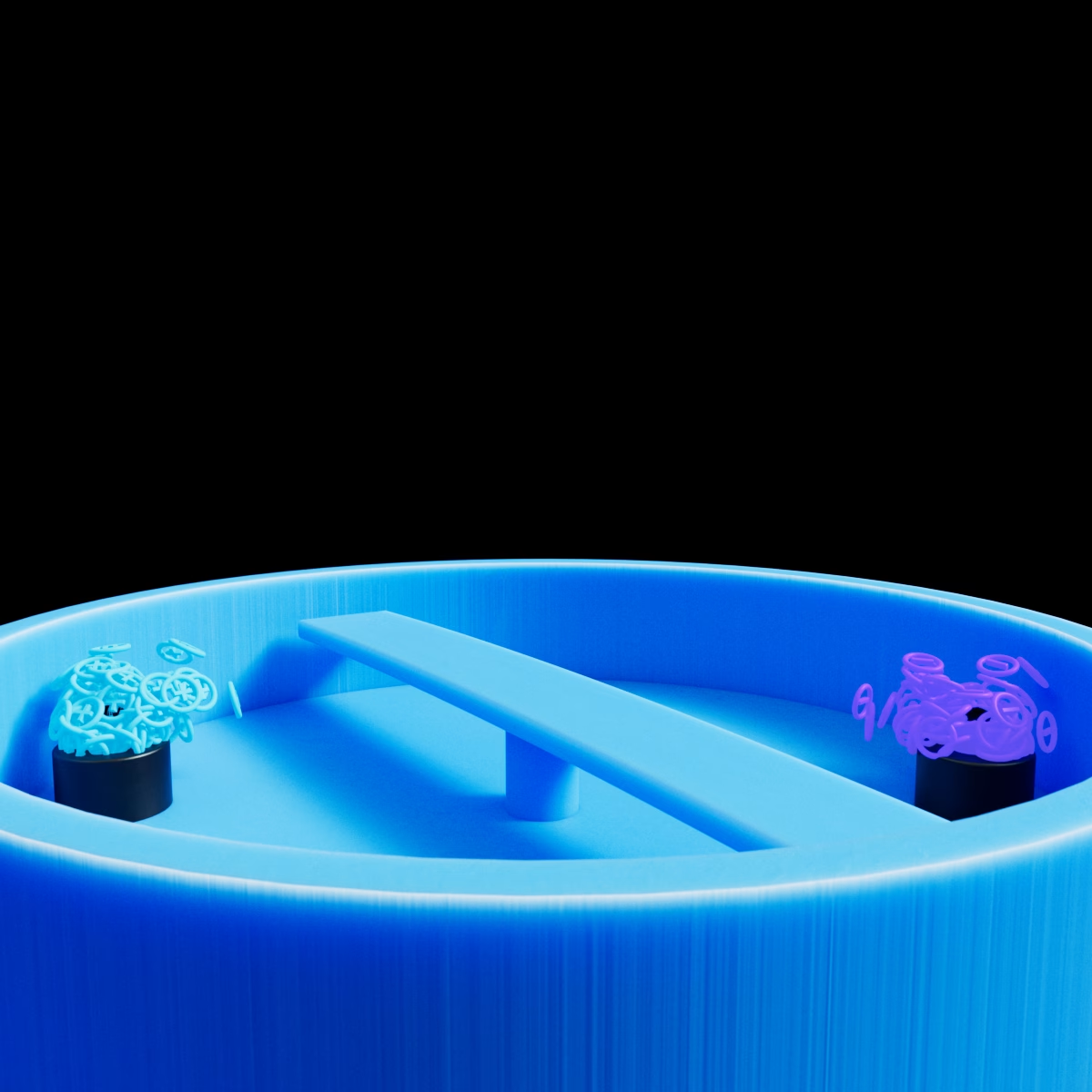
Ion Generation
An ionization device is installed within the HVAC system. This device uses high voltage to create a plasma field filled with a high concentration of positive and negative ions.
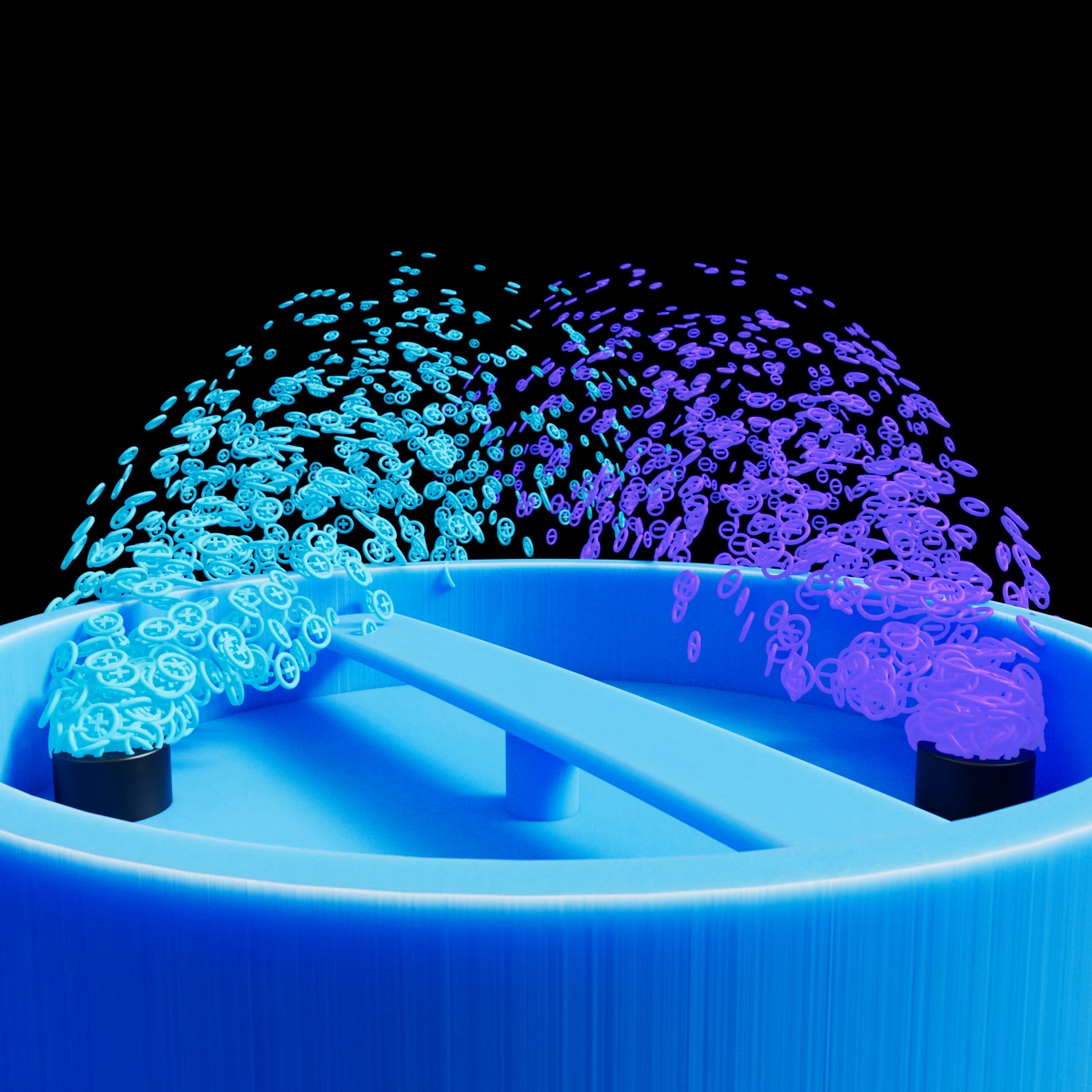
Ion Release
These ions are released into the airstream, where they are distributed throughout the space by the HVAC system.
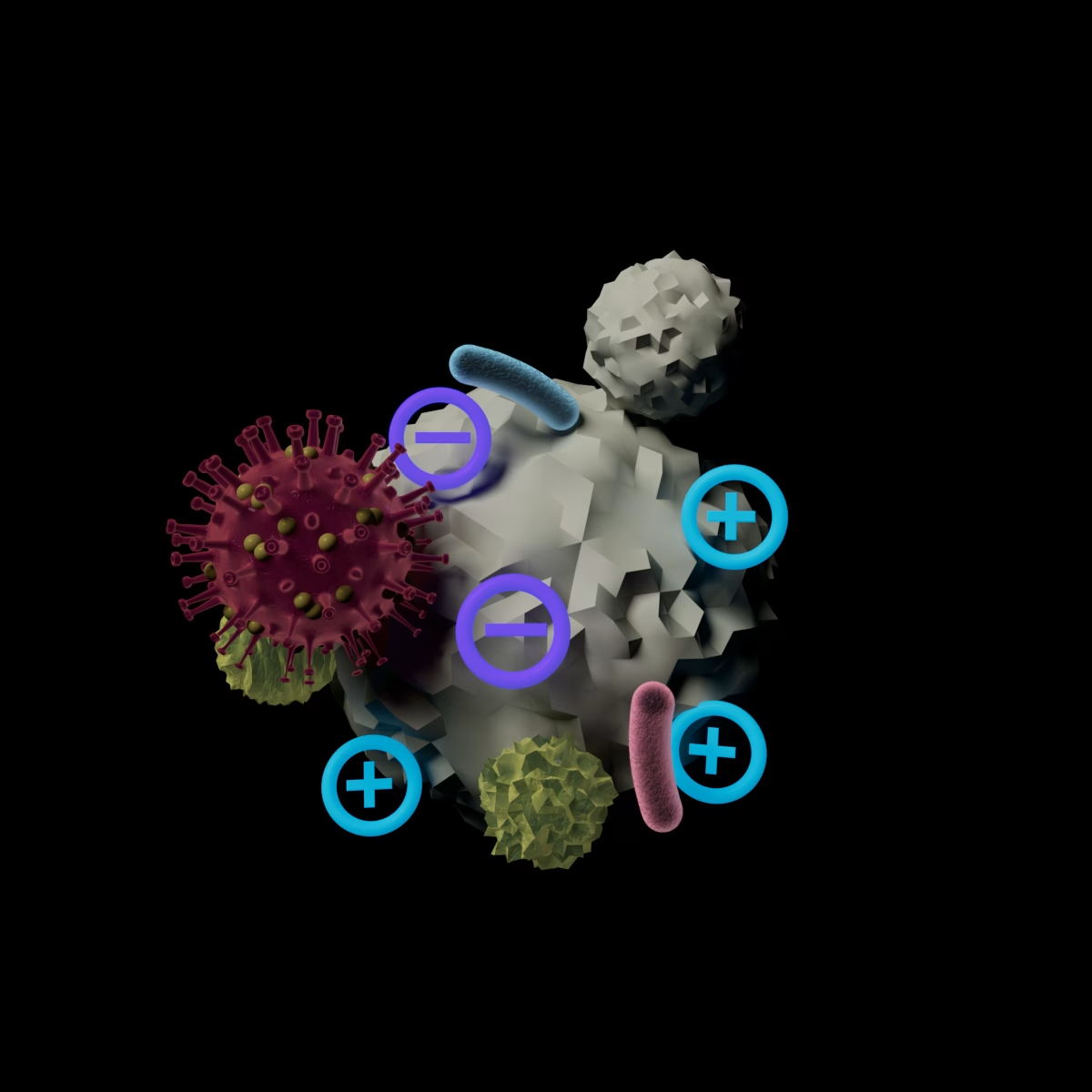
Particle Clustering
Once in the air, the ions seek out and form bonds with various particles, including pollutants, dust, allergens, mold, bacteria, and viruses. When ions agglomerate, they create a charge that attracts additional particles of the opposite polarity. This causes the particles to cluster together, forming larger particles.

Enhanced Filtration
Larger particle clusters are more easily captured and removed by the HVAC system’s filtration system. This enhanced filtration increases the effectiveness of lower MERV rated filters.
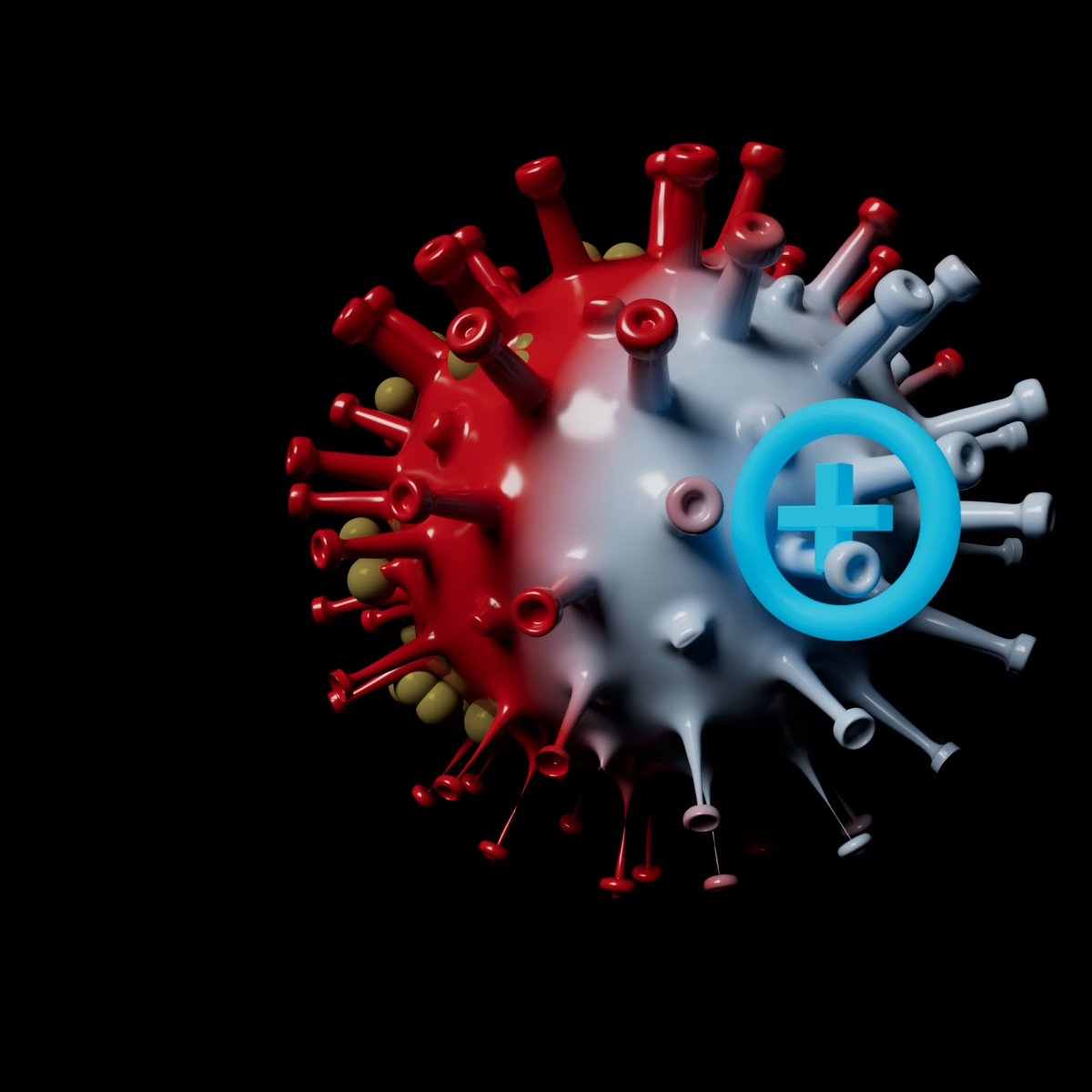
Pathogen Deactivation
Ions produced by NPBI can also deactivate pathogens. When these ions come into contact with pathogens like viruses, bacteria, or mold spores, they disrupt their structure and render them inactive. This process occurs by removing hydrogen from the pathogen’s outer layer, which is essential for its survival.2
The benefits of using NPBI include:
- Improved indoor air quality: NPBI effectively reduces the concentration of harmful particles and pathogens in the air, leading to a healthier indoor environment.
- Reduced risk of illness: By deactivating pathogens, NPBI can help prevent the spread of airborne diseases.3
- Odor control: NPBI can neutralize odors by breaking down odor-causing VOCs (volatile organic compounds) into basic, harmless compounds.4
- Energy savings: By cleaning and recirculating indoor air, NPBI can reduce the need for outside air intake, leading to lower HVAC loads and energy consumption.
- Enhanced filtration: NPBI can increase the effectiveness of existing filtration systems by causing particles to cluster together, making them easier to capture.
- Reduced dust: NPBI can significantly reduce dust particles in the air, leading to less dust accumulation on surfaces and a cleaner environment. This can also reduce the need for frequent dusting.
- Static electricity control: NPBI can help reduce static electricity in the air, which can be beneficial in certain environments, such as data centers or electronics manufacturing facilities.5
Potential drawbacks and limitations.
While NPBI offers numerous benefits, it’s essential to be aware of its potential drawbacks and limitations:
- Effectiveness dependent on airflow: The effectiveness of NPBI relies on good airflow and air distribution within the space. Improper installation or inadequate air circulation can limit the reach of ions and reduce their effectiveness. For example, in a large room with poor air circulation, the ions may not be able to reach all areas, resulting in uneven air purification.
- HVAC system dependency: The effectiveness of bipolar ionization can be influenced by the efficiency and settings of the HVAC system. A poorly maintained or inefficient HVAC system can hinder the performance of NPBI. It’s crucial to ensure that the HVAC system is properly maintained and configured for optimal NPBI performance.
- Proper sizing and installation: The effectiveness of NPBI depends on proper sizing and installation of the system. Using an undersized system or installing it incorrectly can limit its ability to effectively purify the air. It’s essential to consult with qualified professionals to ensure proper sizing and installation for optimal performance.
- Not a substitute for ventilation: While NPBI can improve indoor air quality, it should not be considered a replacement for proper ventilation. Adequate ventilation is still crucial for removing carbon dioxide and other pollutants that NPBI cannot address.
- Potential for byproducts: While modern NPBI systems are designed to minimize byproducts, there is still a possibility of generating some unintended byproducts. It’s important to select NPBI systems that are certified to be ozone-free (UL 867 and UL 2998) to ensure safety and avoid potential health risks.
Needlepoint bipolar ionization is one promising technology for improving indoor air quality and creating healthier indoor environments.
By generating and releasing ions into the air, NPBI can effectively reduce harmful particles, deactivate pathogens, and neutralize odors. Modern NPBI systems are designed to be safe and effective when properly installed and maintained.6
Sources:
- Tierno Jr., Philip M. Cleaning Indoor Air using Bi-Polar Ionization Technology. New York: New York University School of Medicine, April 2017.Schurk, David N. “A Bipolar Ionization Primer for HVAC Professionals.” ASHRAE Journal, vol. 63, no. 6, June 2021, pp. 28–37. ↩︎
- Edward Sobek and Dwayne A. Elias, “Bipolar Ionization Rapidly Inactivates Real-World, Airborne Concentrations of Infective Respiratory Viruses,” PLOS ONE 18, no. 11 (2023): e0293504, https://doi.org/10.1371/journal.pone.0293504. ↩︎
- Waddell C, How Needlepoint Bipolar ionization Reduces Particles, Odors, Pathogens & Energy, Global Plasma Solutions https://globalplasmasolutions.com/uploads/customerresources/Service-Logic/GPS-WhitePaper-NPBI-Explained.pdf ↩︎
- Baselga, Marta, Juan J. Alba, and Alberto J. Schuhmacher. “Impact of Needle-Point Bipolar Ionization System in the Reduction of Bioaerosols in Collective Transport.” Science of the Total Environment 855 (2023): 158965. https://doi.org/10.1016/j.scitotenv.2022.158965. ↩︎
- Grabarczyk, Zygmunt. “Effectiveness of Indoor Air Cleaning with Corona Ionizers.” Journal of Electrostatics 51-52 (May 2001): 278-83. ↩︎
- Tierno Jr., Philip M. Cleaning Indoor Air using Bi-Polar Ionization Technology. New York: New York University School of Medicine, April 2017. ↩︎
NPBI® is a registered trademark of GPS Air.
